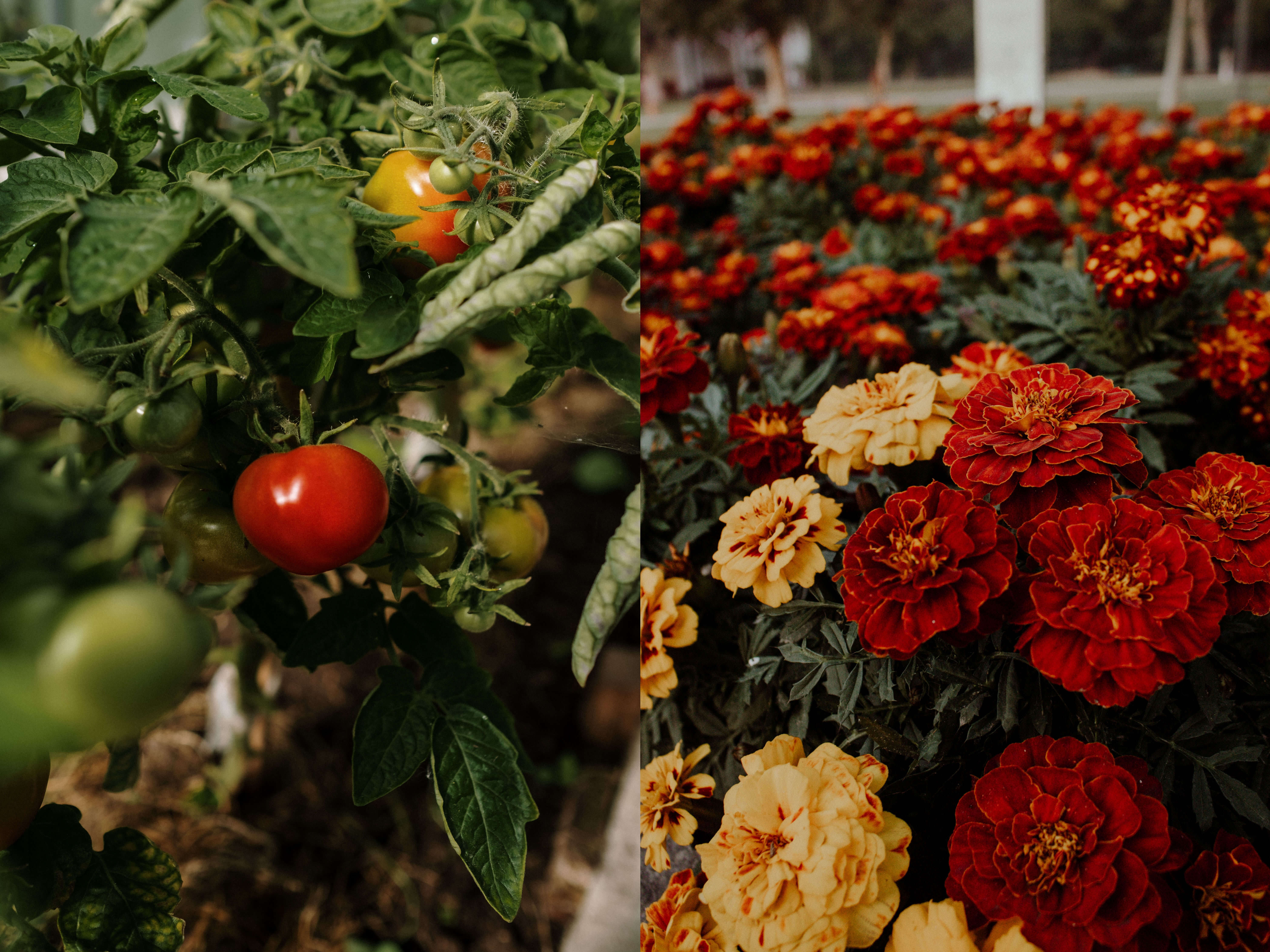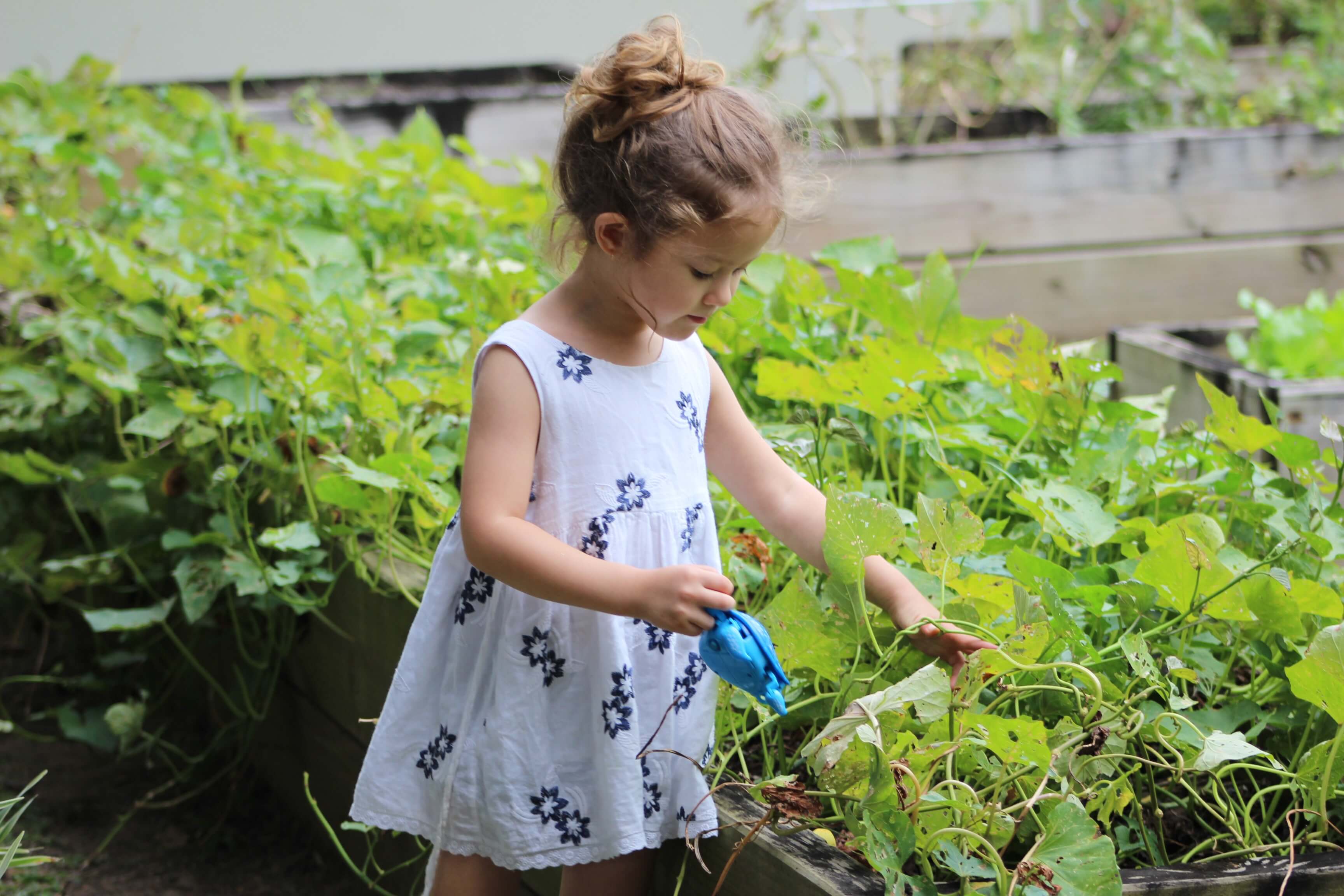Have you ever wondered what it feels like to have your own personal Eden, one that aligns with the principles of sustainable gardening and doesn’t deplete Mother Nature’s resources?
Growing a plant from seed and tending it so that not only you, but the environment around you benefits is truly wondrous.
The scent of fresh herbs in the morning or composting lawn clippings from yesterday’s mow… this isn’t just any garden; it’s an echo chamber for sustainability. It lets us give back as much as we take.
The journey to sustainable gardening isn’t easy. Today we explore the captivating world of sustainable gardening, an adventure that’s guaranteed to be completely astonishing and wholly mesmerizing.
Table Of Contents:
- Sustainable Gardening Practices
- Conserving Water in the Garden
- Composting for Healthy Soil
- Natural Pest Control Methods
- Sustainable Garden Design
- The Carbon-Saving Power of Local Flowers
- FAQs in Relation to Sustainable Gardening
- Conclusion
Sustainable Gardening Practices
Creating a sustainable garden isn’t just about growing plants. It’s about nurturing an ecosystem that is beneficial to the environment, reducing your carbon footprint, and practising environmentally friendly methods.
RHS Garden, for example, encourages us all to get involved in sustainable gardening practices. Their site has plenty of advice on constructing an environmentally-friendly area in your own backyard.
The Role of Perennial Plantings in Carbon Storage
Garden soils are fantastic carbon storage units – more than we often realise. When combined with perennial plantings, they become even better at this important job. According to research, if every one of the 30 million UK gardeners planted a medium-sized tree and nurtured it till maturity, they’d store enough carbon equivalent to driving around our planet over 11 million times.
Isn’t that astounding? Gardening can have a considerable effect on climate alteration, just by planting trees in our gardens.
Conserving Water in the Garden
We all recognise the value of water, a finite resource. But did you realise just how much we can save by being smart with our garden watering? Let’s explore some effective strategies to conserve water.
Implementing a Water Recycling System
A water butt system, which collects rain water runoff from your roof via storm gutters, is an excellent way to reuse rainwater. Not only does this help prevent unnecessary water loss but it also gives your plants the purest hydration possible.
It doesn’t take much effort to start conserving water today. Consider collecting and reusing rainwater – Mother Nature will thank you.
Composting for Healthy Soil
Delve into composting techniques for creating nutrient-rich soil while reducing waste and contributing to carbon savings.
Composting is a natural process that turns organic material into a nutrient-rich soil conditioner. It’s an excellent way to recycle kitchen and garden waste while reducing methane emissions from landfills and lowering your carbon footprint.
Composting accelerates the decomposition process, releasing carbon back into the atmosphere. The carbon emitted is part of the current carbon cycle and doesn’t add to the total carbon in circulation. Composting, when done correctly, is a sustainable and environmentally friendly practice.
Peat-Free Composting: A Greener Choice
Embracing peat-free composting offers tangible benefits both environmentally and for gardening. By refraining from using peat-based composts, we safeguard our valuable peatlands, preserving their critical role in carbon sequestration and thus contributing to the fight against climate change.
Peat-free compost, rich in organic matter and nutrients, can enhance soil fertility, promote healthy plant growth, and improve soil structure, moisture retention, and resilience against pests and diseases. It creates a cycle of sustainability.
Repurposing kitchen and garden waste into a resource that enriches our gardens while mitigating landfill waste and associated methane emissions.
A healthier garden awaits you with these simple yet impactful steps towards sustainability.
Natural Pest Control Methods
Keeping your garden free of insect pests doesn’t have to mean using harsh chemicals. In fact, integrated pest management, a more natural approach, is gaining popularity.
This method combines several strategies for effective control while reducing harm to the environment. Comprehending the lifecycles of bugs and how they interact with their habitat is a fundamental element of this approach.
The Power of Beneficial Insects
A key part of this strategy is making use of beneficial insects. These are bugs that prey on harmful ones, helping keep their numbers in check naturally.
Ladybirds, ants, lacewings and hoverflies are great examples – they love munching on aphids.
Companion Planting as Natural Defence
An additional trick up Mother Nature’s sleeve is companion planting. Certain plants can deter insect pests or attract those helpful predators we talked about earlier.

Sustainable Garden Design
Designing a sustainable garden is about more than just aesthetics. It’s an approach that values diversity and harmony with nature, making the most of companion plants and native species.
Garden design starts with understanding your plant natives. For instance, did you know that adding your garden plants to RHS My Garden online can help map UK biodiversity? This simple step not only enriches our knowledge but also helps conserve diverse plant species across the country.
This holistic approach not only contributes to biodiversity but also promotes a natural balance in the garden ecosystem, making it a haven for both people and wildlife.
The Carbon-Saving Power of Local Flowers
Moving beyond conventional gardening ideas allows us to see new possibilities like growing or buying UK-grown cut flowers. These aren’t merely decorative additions; they play a crucial role in carbon savings.
By opting for locally grown blooms over imported ones, we reduce transportation emissions significantly. So next time you’re choosing flowers for your sustainable garden design, remember: every petal counts.
FAQs in Relation to Sustainable Gardening
What does sustainable mean in gardening?
Sustainable gardening means working with nature, not against it. It’s about conserving resources, promoting biodiversity, and reducing waste.
What plants are best for a sustainable garden?
Native plants, drought-tolerant species, and perennials that sequester carbon make great choices for a sustainable garden. Bee-friendly plants like lavender are also a great addition.
How can I be an environmentally friendly gardener?
To be green-fingered, use water wisely, compost your kitchen scraps and yard waste, favour natural pest control methods over chemicals, and choose native plant varieties whenever possible.
How do I start a sustainable affordable garden right now?
You can kick-start by recycling household items as planters or propagators. Start composting to enrich soil health. Plant hardy local species to save on watering costs too.
Conclusion
With sustainable gardening, you’re not just growing plants; you’re cultivating a lifestyle. A world where water conservation is key and rain barrels become your best friend.
As you recline on your durable, responsibly sourced teak garden furniture, you can enjoy the tranquillity of your garden, knowing you’ve played a part in the larger framework of environmental conservation.













